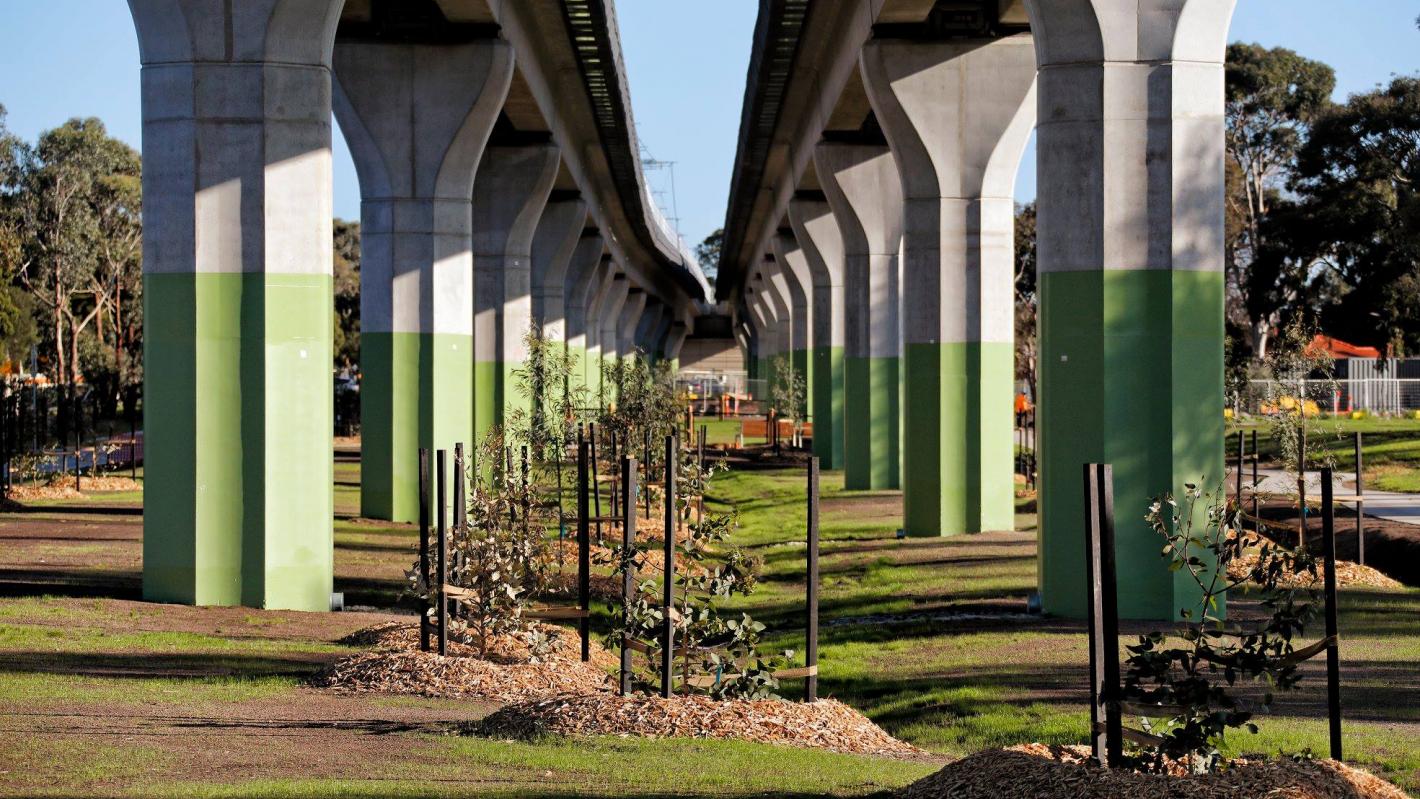
Caulfield to Dandenong Level Crossing Removal project in Melbourne, Australia. Image courtesy of CTD Alliance Partners.
Senior Engineer, Declan Farrell, describes how his experience working on one of Australia’s biggest construction projects led him to an exciting new role at Roughan & O’Donovan
I graduated as a civil engineer from Trinity College Dublin 12 years ago and spent most of my career in Australia working as a project engineer for a large main contractor, CPB Contractors. I was responsible for managing the construction and design of complex civil infrastructure projects across the rail, oil and gas, highway and commercial building sectors. CPB would move me from state to state after the completion of each project but, as a fish already out of water, this was no bother to me!
One of the most enjoyable aspects of my work was collaborating with the skilled workforce, foremen, and superintendents in the site office to develop detailed temporary work methodologies and construction schedules. I was responsible for compiling all the knowledge and presenting it to the project director and client for sign-off. If I couldn’t convince them that the works would be ‘incident and injury free’ and ‘right first time’, then we weren’t allowed to start!
Since a picture paints a thousand words, I began using CAD to help communicate method and safety statements. To illustrate a complex sequence of tasks, for example, I would make a series of 3D sketches. Over time, I became very skilled at preparing a ‘digital rehearsal’ of the build and creating an ad-hoc version of a BIM process known as ‘4D’.
I knew my efforts were paying off when I was asked by head office to move to Melbourne to work on the $1.6 billion Caulfield to Dandenong Level Crossing Removal project. This was an alliance contract to build five new stations and replace nine rail level crossings with a 9km rail over road ‘Skyrail’ viaduct through several busy Melbourne suburbs.
Based between the design and site offices, I was responsible for technical delivery and implementation of the project’s building information modelling (BIM) execution plan, as well as the interface and spatial data management between multi-discipline design, construction, utility and survey teams.
I was fascinated by the sheer scale of the project and felt privileged to be working alongside a really talented team of people. By tapping into their collective knowledge, I was able to, for example, create highly technical ‘4D’ models linking 3D models of permanent and temporary works to the complex construction schedule. This allowed the construction team to analyse their proposed sequencing frame-by-frame for interface and safety issues – all before the gantry crane was erected and the straddle carrier commenced lifting beam segments into place.
I left the project in 2017 to return to Ireland, but I’ve followed its progress since then, and I am proud to have been involved in such a wonderful end-product.
The transition back to Ireland came with its own challenges but, at the end of the day, it was no more difficult than any of my previous moves. Surprisingly, transferring my chartership from Engineers Australia to Engineers Ireland was easier than booking the flight – one email and it was sorted!
One of the hardest things to manage were my expectations for the next stage of my career in Ireland. My experience in Australia had instilled a desire to continue working on large-scale, impactful projects and, equally important, the need to work with passionate, switched-on and genuine people. I also wanted to continue developing my project management expertise while, at the same time, staying at the cutting edge of BIM.
By talking with peers and doing some extensive research online, I realised that ROD had the potential to tick all the boxes, and my interview removed any doubt.
I’ve been with ROD now for over a year now and, thankfully, I haven’t been disappointed. I’ve been assigned to the three largest projects the company is currently working on, including the Great Yarmouth Third River Crossing in Norfolk, and they cross multiple disciplines, including intelligent transportation systems (ITS) and transportation. As for my colleagues, they have proven themselves to be hard-working, courteous and generous in sharing their vast wealth of knowledge with me.
My role here is, by design, evolving, but my bread and butter falls under the category of project management. On a day-to-day basis, I am leveraging my design management, financial and scheduling experience to develop and implement smarter project planning to increase certainty of outcomes during project delivery. The end result is improved efficiency, quality and safety performance.
Using my data and resource management capabilities, I ensure a keen awareness of each stage of the project lifecycle and maintain stakeholder confidence by communicating critical and accurate project information.
In parallel with my site experience and constructability knowledge, I use a collaborative approach to ensure an accurate understanding of scoped work packages, and focus resources towards the safe, cost-effective and timely delivery of key project milestones.
I’m also an active contributor to ROD’s coordinated implementation of Level 2 BIM company-wide, including roll-out and project compliance with the BIM execution plan; developing workflows and procedures for common data environment (CDE); and enabling advanced BIM outputs, such as 4D.
All that said, it comes as no surprise, and the irony isn’t lost on me, to hear that ROD’s Northern Spire Bridge in Sunderland and the Caulfield to Dandenong Level Crossing Removal project in Australia have both been shortlisted for an IStructE award in the vehicle bridge category this year.
As any Irish mammy/bridge enthusiast would say without blinking, ‘Of course I don’t have a favourite, I love all my bridges equally’. So, may the best bridge win!
